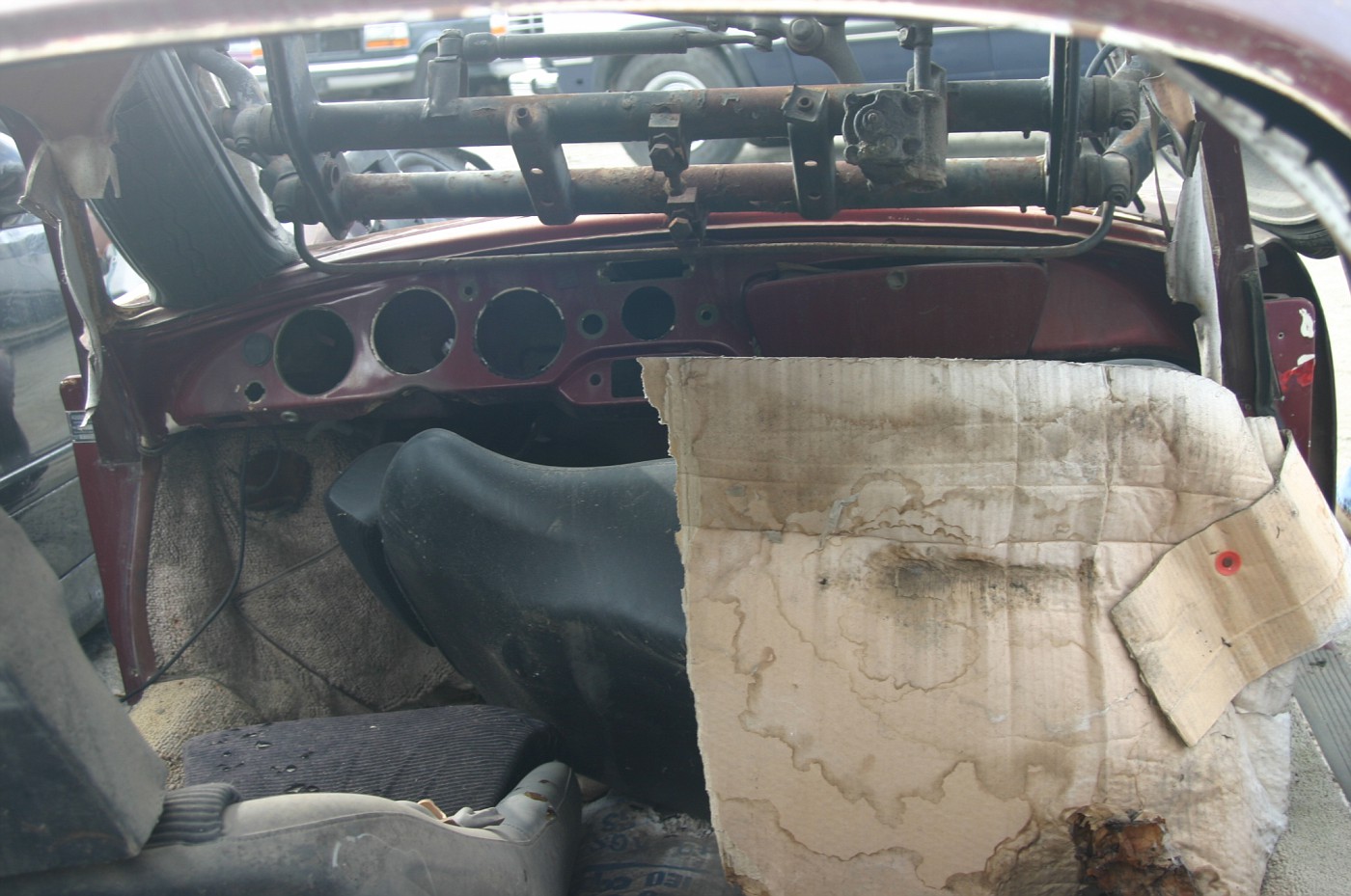Breathing: A great Marriage of the Respiratory and nervous Systems
THE Nervous system & THE RESPIRATORY REGULATION MECHANISM
The nervous system regulates the flow of air into as well as out of the lungs. The central nervous system ensures that the unconscious breathing process is carried out in a regular pattern and rate.
The respiratory centre: The respiratory process begins in this centre located in the human brain stem. The centre is made up of a group of nerve cells. Simultaneous signals are dispatched by these cells to rib muscles, the diaphragm, and also those muscle groups that are interested in inhalation.
The diaphragm: It is a dome shaped muscle. This kind of large tissue lies just under the lungs. When a nervous impulse stimulates the diaphragm, it flattens. Whenever the diaphragm constitutes a downward movement, the belly cavity volume gets enhanced. The cavity is made of the thoracic cavity including the lungs. And as the rib muscles get stimulated, they too contract. As a result, the rib cage is pulled up and out. This particular movement even further expands the thoracic cavity. Such expanded volume causes air to start on the thoracic cavity and then to the lungs.
The quick and brief nervous stimulation in addition aids the exhalation operation. This particular exhalation method takes place as the nervous stimulation ceases. As a consequence thereof, lifevac fda – mouse click the following post – the rib muscles and also the diaphragm and also relax moving the exhalation phase.
 Speed OF SIGNALS
Speed OF SIGNALS
In general, the respiratory facility gives out 12 to 20 signals every second. This means that a typical person breathes 12 to 20 times within sixty seconds. The newborn babies breathe approximately thirty to fifty times in a second.
Conscious ALTERATION OF THE RESPIRATORY SYSTEM
Mindful actions are able to manage the rhythm of the respiratory system. In fact, many yogic exercises underline the demand for a person to work out frequent command of the complex respiratory system via conscious work. This conscious act helps the person concerned to strengthen his physical constitution and also the mental outlook.
Such conscious alteration or even temporary abatement of the respiratory system is accomplished by holding or perhaps controlling the breath. Several parts of the neurological system come into play in such type of an act. The percentage of the human brain aiding the thinking process (cerebral cortex) includes a big role to play. It transmits signals to the rib muscles as well as the diaphragm for temporarily overriding the respiratory middle signals. A person can avoid inhaling noxious fumes by holding his breath. Nevertheless, a person can’t hold the breath of his for an indefinite period.